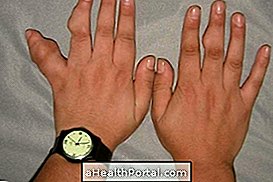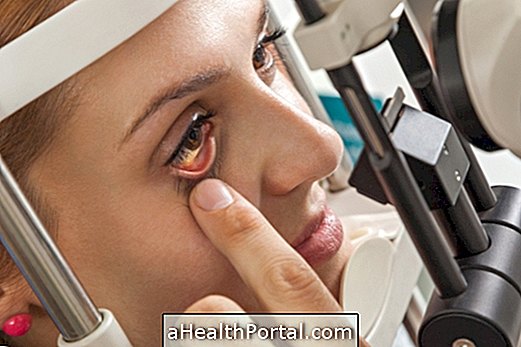There are some signs that may help identify scleroderma, an autoimmune disease characterized by excessive production of collagen.
Scleroderma usually affects the skin, but it can also occur in joints, blood vessels, or internal organs, causing specific symptoms of the affected region.
The most common symptoms of scleroderma include:
- Sensitivity of the fingers and toes, as well as of the ears and nose, to cold;
- Constantly cold fingers and toes;
- Purple or white skin at the fingertips during the cold, known as Raynaud's Phenomenon;
- Frequent swelling of hands and feet and shiny-looking skin;
- Thickening of skin in places such as hands, arms and face;
- Inflammation, pain and heat in the joints.


However, scleroderma may also present other symptoms related to the organs that have been affected. For example, in the case of scleroderma in the esophagus, there may be difficulty swallowing, heartburn and reflux. In the case of scleroderma in the lungs, there may be a sensation of shortness of breath and excessive tiredness, for example.
Therefore, the best way to diagnose scleroderma is to consult a general practitioner for a physical examination, a blood test, or a periungual capillaroscopy, which will tell you if there are any antibodies that indicate the presence of the disease. In addition, it may also be necessary to biopsy the skin or tissue of some organs to identify which sites are affected by scleroderma.






















